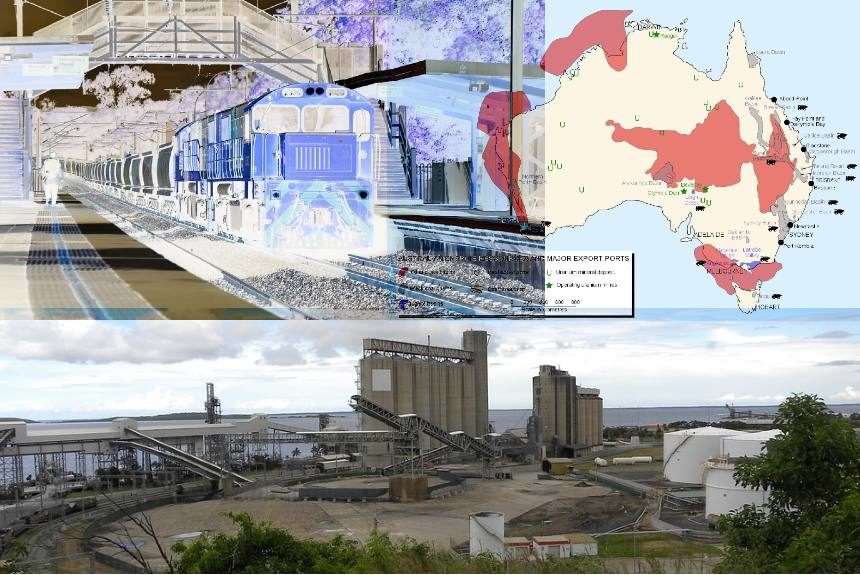Residents of the Hunter Region in Australia are bracing for the impending decline of its primary industry as its key customers are reducing their emissions and switching to clean energy.
Coal-dominated towns like Singleton and Muswellbrook supply around 11% of global thermal coal to 24 countries, with their biggest customers in Japan, Taiwan, South Korea, and China (Visontay, 2020).
But as these countries plan to reduce their emissions, towns in the Hunter regions are also making plans to ween themselves of fossil fuel and transition to farming, renewable energy, and tourism to prepare for the inevitable global decline of demands for coal.
The push for transitioning from coal to clean technology partly comes from the Australian government, which released a Future of Coal Statement in 2020 but was superseded by the “Strategic Statement on Coal Exploration and Mining in NSW” in 2022.
The policy designates new areas for coal exploration and recognises a global switch to lower emissions to address climate change and the finiteness of coal as a source of energy. This will eventually force Hunter Region to find other sources of income, support diversification of income sources for residents, and the gradual transition to a low-carbon future.
These developments do not surprise residents in the region as they have been grappling with the coal question for years, what’s is foremost in their minds right now is, will there be any long-term jobs available after coal?
As Sue Moore, Mayor of Singleton, puts it, “You’ve got to tell them where their jobs are going to be,” Moore replied. “It’s got nothing to do with opposing climate action” (Visontay, 2020). The coal industry has been the backbone of the community, and some fear that closures of coal mines will make their towns into ghosts.
Mayors, unions, and businesses in these towns have already begun preparing for a coal-free future and have plans to create future jobs in hydrogen, solar, wind, renewable energy, batteries, green steel production, and even expand agriculture and defence industries. The towns also plan to replace abandoned coal mines with water-themed parks (Visontay, 2020).
The only challenge to this future transition is the issuance of explicit government policies and investment in specific projects.
There is no question that better options are available, and projects are being lined up to replace coal jobs. For instance, Muswellbrook, one of the coal-producing towns in the Hunter region, has $1bn worth of clean energy projects lined up between 2021 and 2027 to build a biofuel refinery, windfarm, and hydro facilities to create new jobs. Still, the town estimated that the number of renewable jobs falls short of what is needed for the existing coal mine and related jobs. This means that the government needs to put more effort and well-resourced investment into bolstering confidence about the future of long-term employment for the people of the Hunter region (Visontay, 2020).
Australia’s transition from coal mining to renewable and clean energy is an ongoing and unfolding story. For related stories and news, click the link below:



Leave a Reply